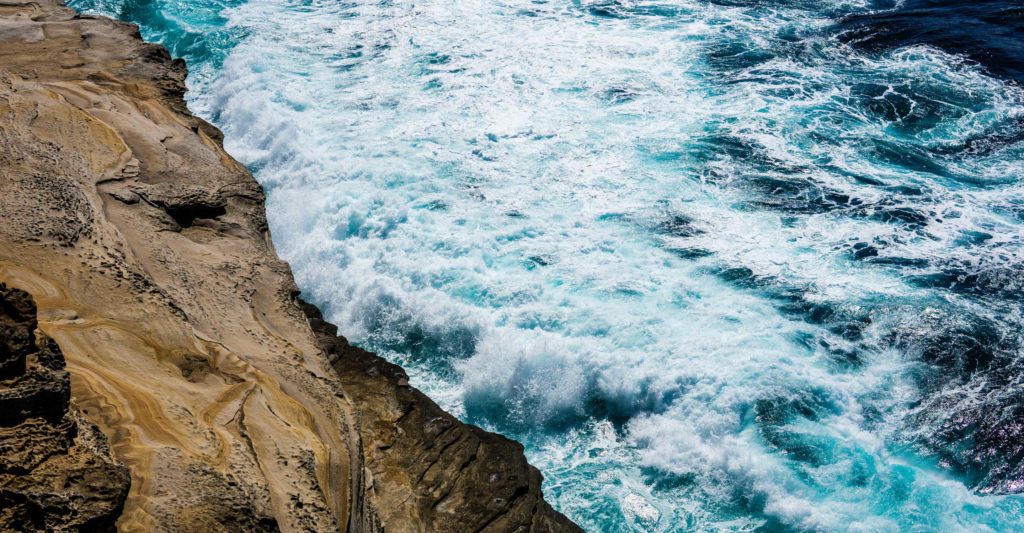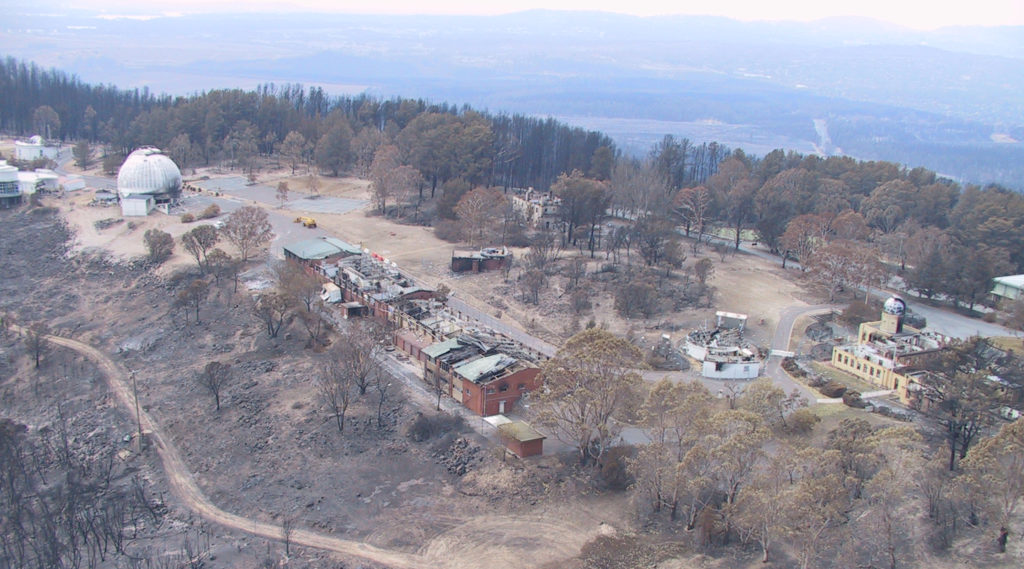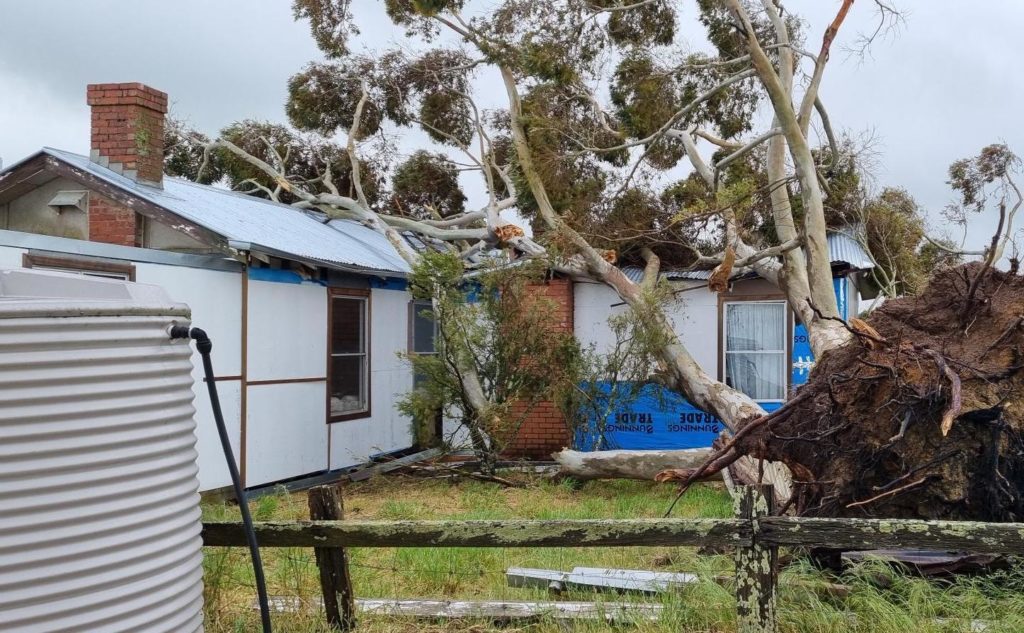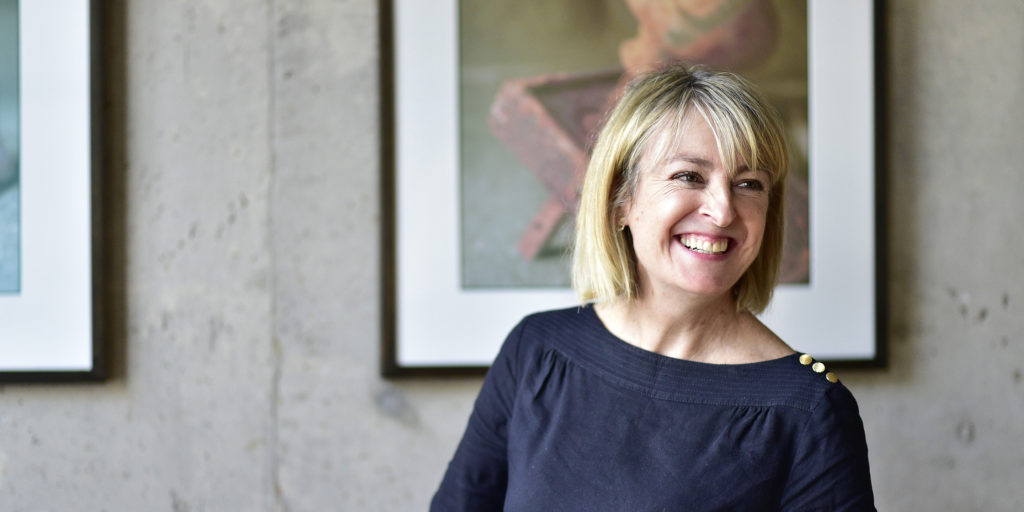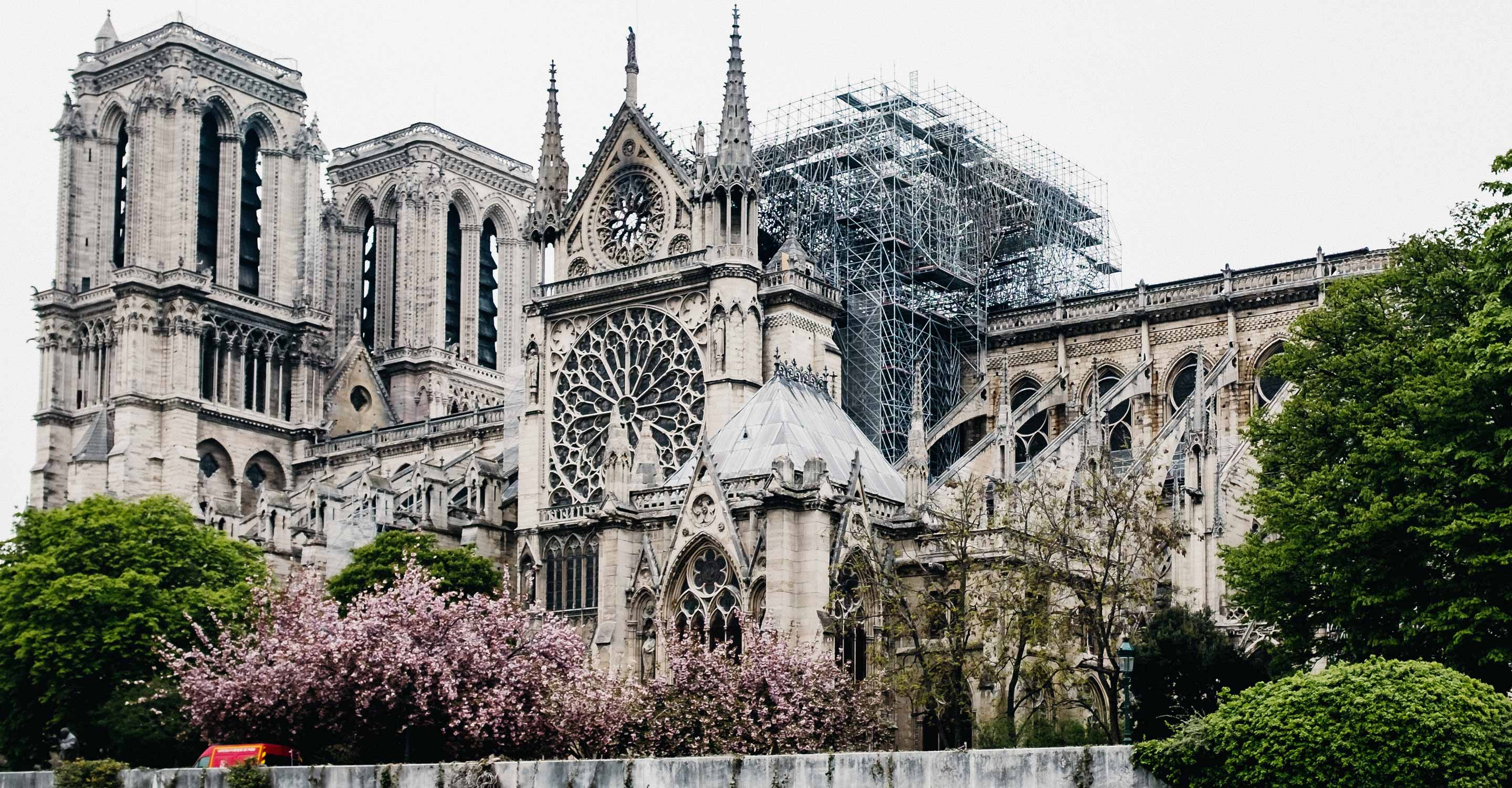
Fire Protection and Risk Preparedness for Heritage Places
Notre Dame, Paris
The catastrophic fire that destroyed Notre dame Cathedral serves as a stark reminder about fire protection and risk preparedness for heritage. GML has long advocated for risk management planning for heritage places.
A catastrophic fire destroyed ‘the epicentre of French life’, Notre Dame Cathedral, on 15 April 2019. The event shocked the world. In the 24 hours after the fire, Notre Dame Cathedral was the most-searched topic on Google globally. In the grief that followed, much commentary focused on the recovery of the iconic Paris building.
The fire serves as a stark reminder about fire protection and risk preparedness for heritage. GML has long advocated for risk management planning for heritage places.
At GML we help our clients to identify a place’s heritage values and understand the potential risks from both natural and human made hazards. Even though people might like to think ‘that will never happen here’, we encourage planning and preparedness for disaster. We also help implement appropriate mitigation strategies to minimise risks and reduce the potential loss of heritage fabric and values.
Helping Our Clients Manage Risk
GML has been involved in several projects that mitigate risks to cultural heritage. In fact, GML’s conservation management plans (CMPs) were among the first in the heritage industry to integrate risk. In research published by Charles Sturt University in 2003, our CMP for Qantas House was one of only four out of 58 CMPs prepared between 1997 and 2002 to include planning for hazards.
We have assisted Schools Infrastructure NSW in assessing damage and undertaking recovery planning for the 1923 Parramatta Public School building which was severely damaged by fire in May 2018.

Fire and Rescue NSW fighting a fire at Parramatta Public School.

We completed a Conservation Management Plan (CMP) for The Mint, Macquarie Street, Sydney (for Sydney Living Museums), a place of outstanding cultural significance to the state of New South Wales for its association with the formative phases of NSW history. The CMP addresses potential risks to the property from such hazards as fire, severe storms, lightning strike, flash flooding and malicious damage, and includes policies and guidelines for managing the risks.
We have provided heritage advice on the implementation of bushfire protection measures to heritage structures as HMAS Penguin (Defence) and our Canberra team has been involved in development of post-disaster interpretation at Mt Stromlo Observatory (ANU), which was severely damaged by bushfires in 2003.
At Baiame Cave, a gazetted Aboriginal Place in NSW, we worked with Aboriginal people, the property owners and locals to develop a Conservation Management Plan that includes guidelines for monitoring and mitigating environmental risks to the cave, as well as human risks associated with visitation.
Beyond our shores, GML’s Catherine Forbes, Senior Associate and a member of ICOMOS International Scientific Committee on Risk Preparedness (ICORP), has undertaken post-disaster reviews of the impacts of earthquakes on the cultural heritage of the Kathmandu Valley, Nepal and Christchurch, New Zealand, as well as cyclone damage in Tonga. Catherine is a member of Blue Shield Australia and convenor of the joint Australia and New Zealand ICOMOS Working Group on Cultural Heritage Risk Preparedness.
We also assist with prevention and preservation. Sharon Veale, GML CEO, is teaching a course with the Getty Conservation Institute about the preservation of collections. The course aims to build the capacity of participants to effectively plan, strategise and make decisions about collections management in their environmental and institutional contexts. She will be part of an AusHeritage mission to Taiwan in July 2019 and will be presenting a paper about risk preparedness in Australian cultural heritage planning and management.
